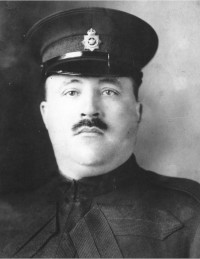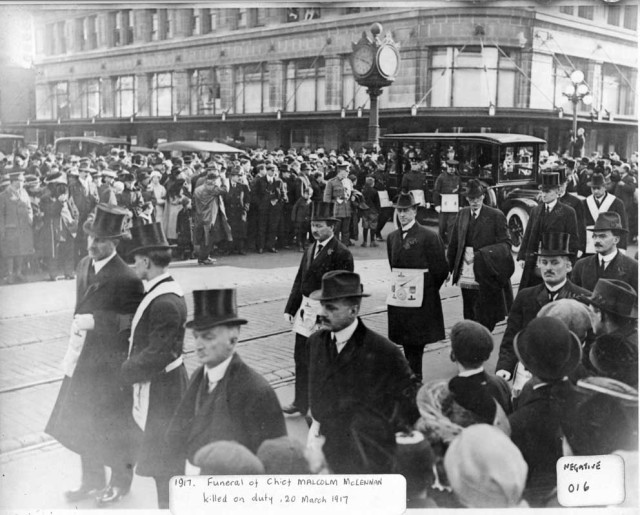In her day job, my friend Cat Rose works as a Crime Analyst for the Vancouver Police Department. In her spare time, she volunteers at the Vancouver Police Museum. Cat has a Masters in Public History and she has used her background to conceive, research and produce Alice: A Murder Mystery which debuts in time for Halloween. (The script was co-written with Bill Allman).
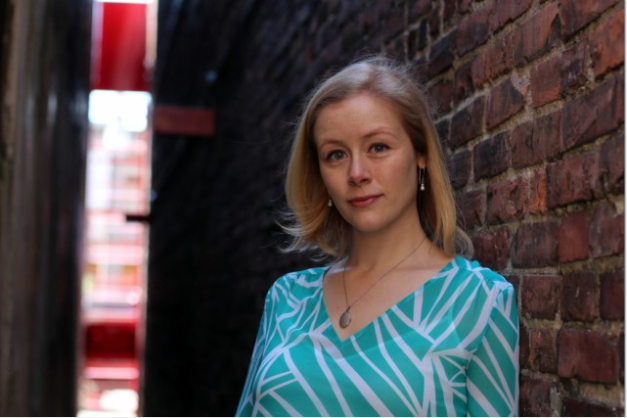
This 90-minute piece of immersive theatre is set in the 1930s and takes place in the heritage building that houses the Police Museum on East Cordova Street.
Eight actors have been cast in a variety of character roles and they will interact with the audience—a maximum of 25—and be there to drop hints about the murderer and help move the story along.
While the play is fictional, it’s loosely based on the Janet Smith unsolved murder and takes place mostly in Vancouver’s Chinatown. Unlike the real Janet Smith, Alice was involved in all sorts of scandals from Vancouver’s crime history including rum running and connections to the Chinese underworld. Cat has gone to extraordinary lengths to ensure its historical accuracy.
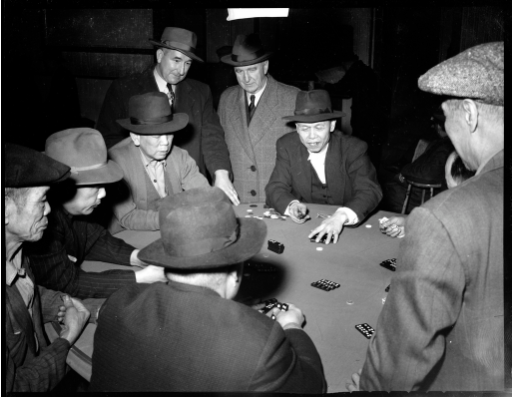
“I just find Chinatown and the early Chinese community so interesting,” she says. “We need to stop only telling stories about prominent white people. The Chinese have always been a huge part of the city of Vancouver—why don’t we know about more of them?”
When Cat was researching the story, she discovered that one of the character’s—Jim “Salt Water” Goon had a connection to the Janet Smith murder. The problem was, there just wasn’t a lot known about him. After a lot of digging, she was able to find out that Goon was a real bad ass working both criminals and cops. “He was running dope, running girls, running gambling dens. He was convicted of attempted murder and got out of jail in five months, and then in 1920 he was named City Police Chinese Inspector.” This was an early euphemism for a paid informant. The first Chinese VPD officer wasn’t hired until the 1970s.
To add to the realism of the play, audience members will be part of a coroner’s inquest that investigates the murder. It’s held in the actual Coroner’s Court, which has recently undergone a massive makeover. They will listen to a 1930s-style radio broadcast recorded by Jeff Hyslop for the play, and see physical evidence in the form of police documents and crime scene photos.
The audience also has a role to play. Six of the characters are based on real people. Cat’s research found that Salt Water Goon knew VPD Inspector John Jackson and it was likely the Inspector was taking payoffs. “That was my favourite thing that I learned while doing this. I needed a gangster and a dirty cop, and by pure coincidence they were actually scheming together in real life!”
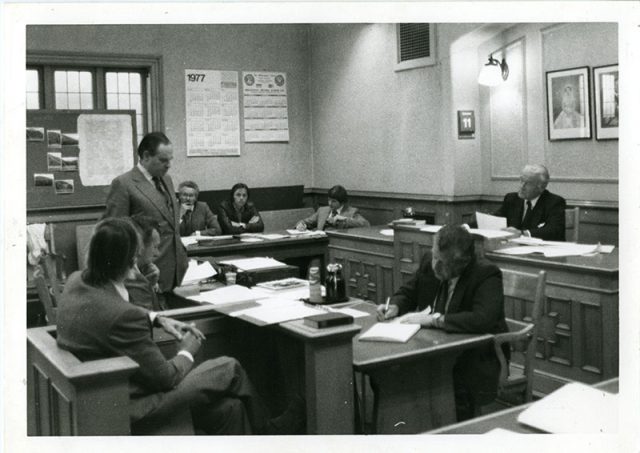
The great thing about writing history is that fact is always stranger than fiction.
For details about dates and ticket prices, please visit the Vancouver Police Museum.


